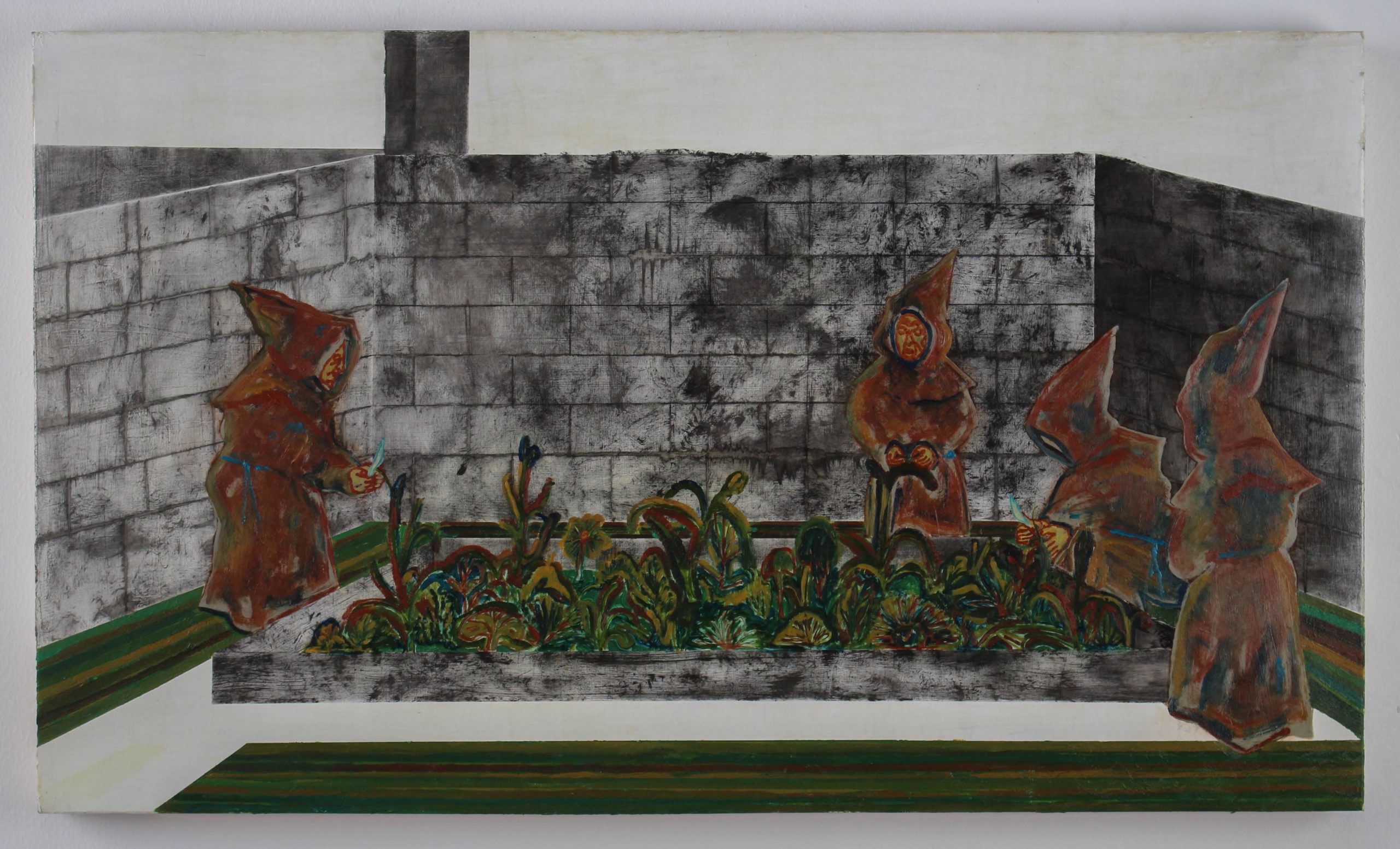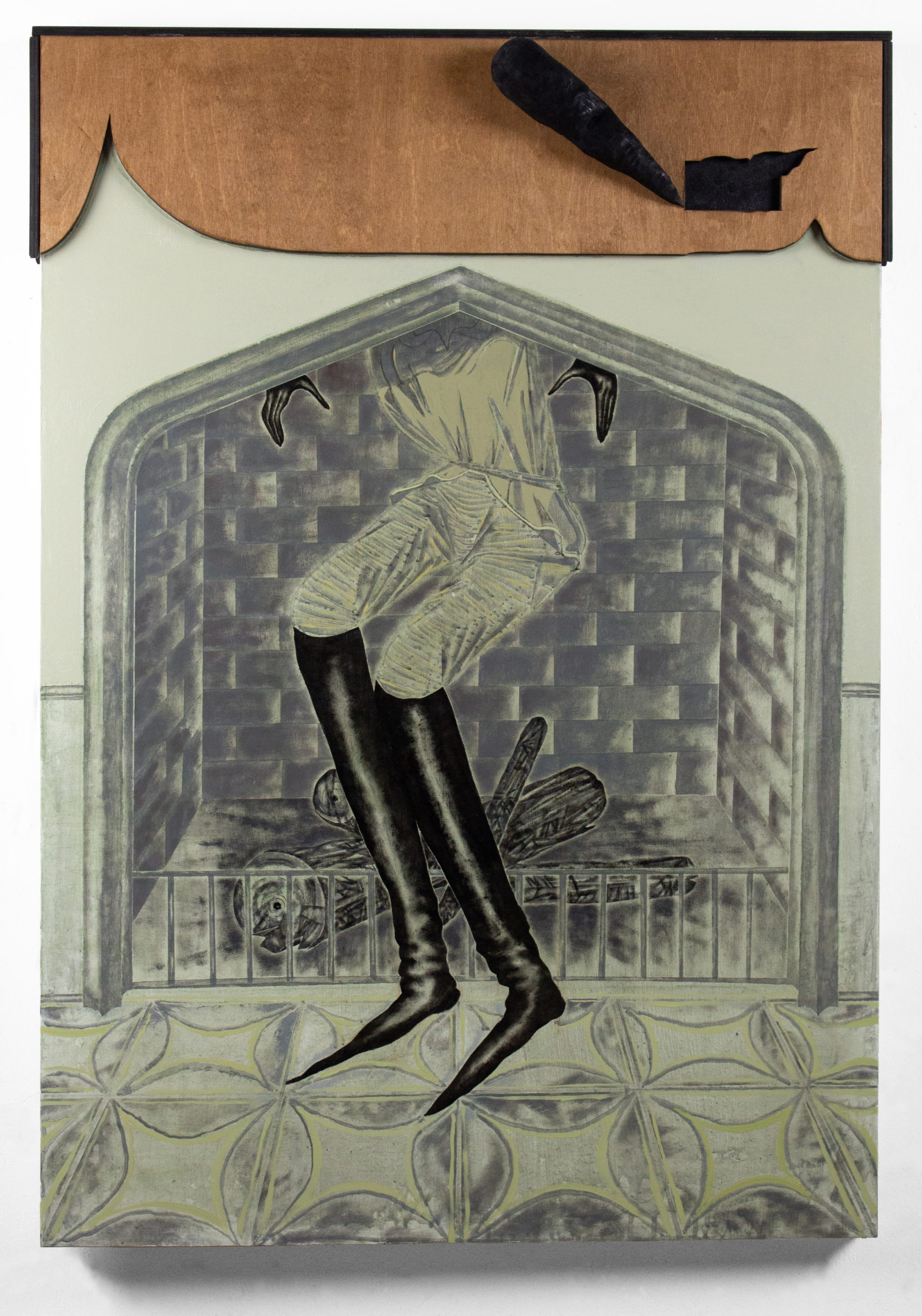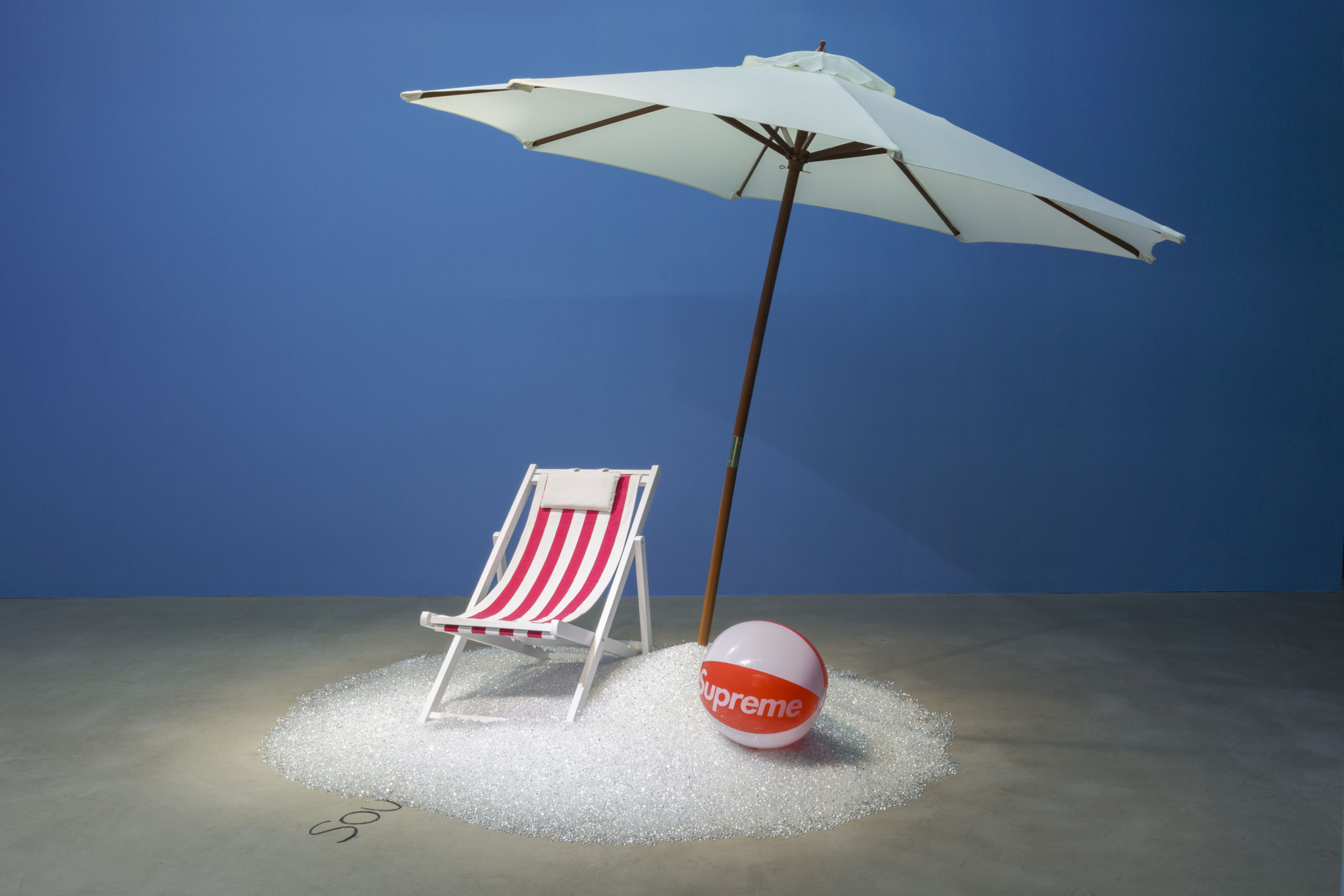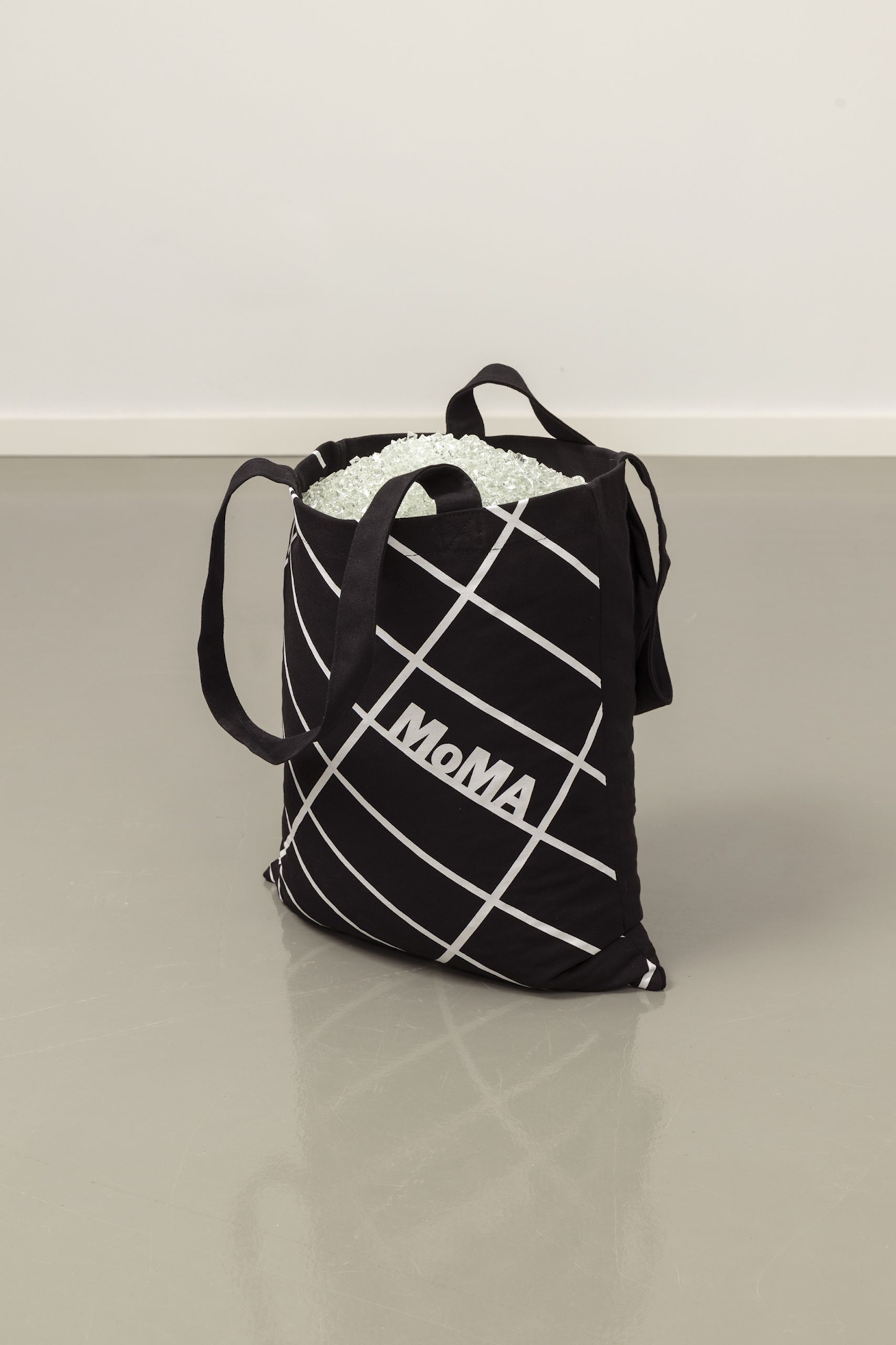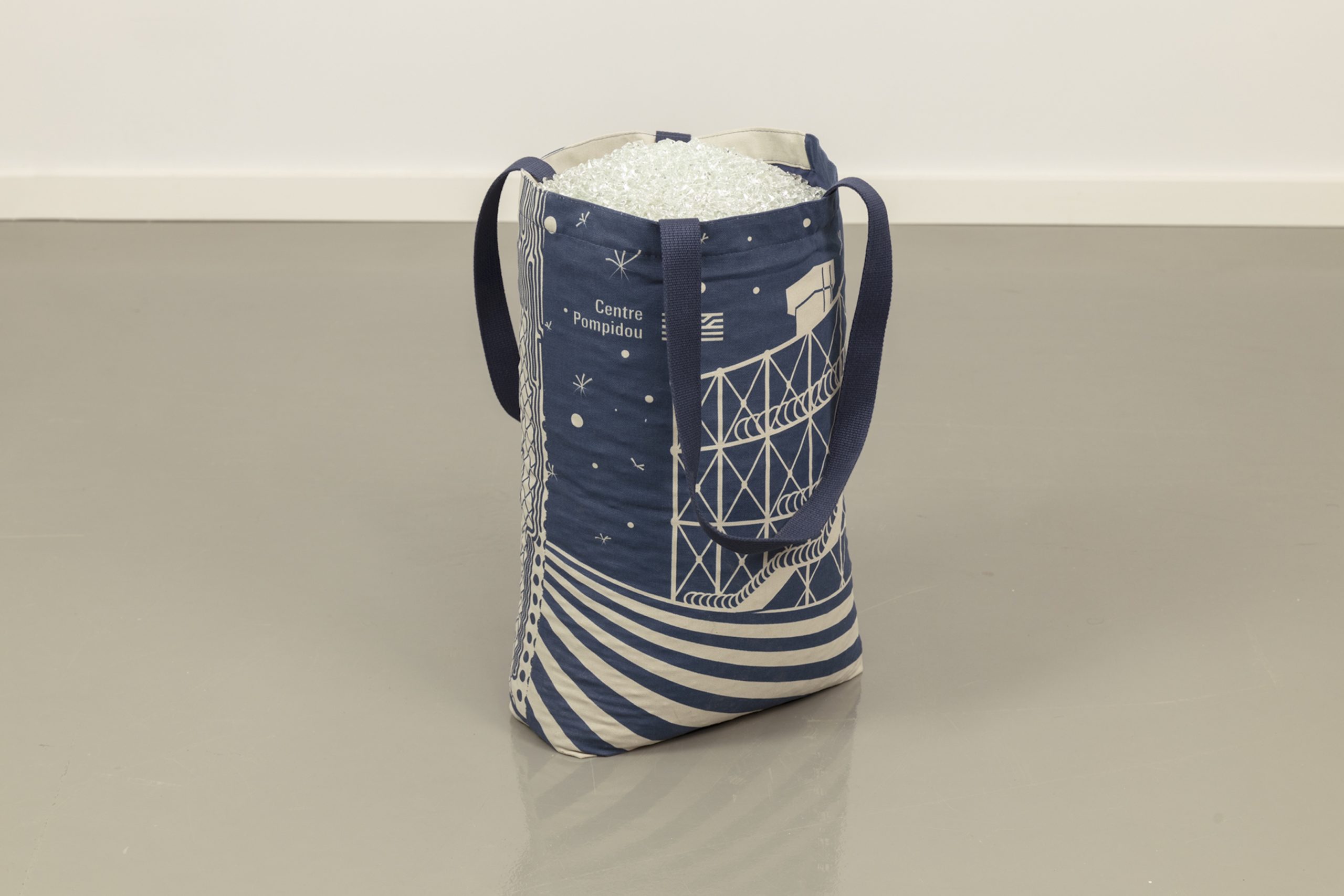Osnova, Moscow & Rodríguez, Poznan - Dialogue
Michal Martychowiec and Andrei Pokrovskii
Galleries Rodriguez and Osnova present a duo show with artists Andrei Pokrovskii and Michal Martychowiec.
Michal Martychowiec’s installation Sous les pavés, la plage ! (Under the cobblestones, the beach!) refers to the slogan used in 1968’s France. It expressed the desire that beneath the city which had been hardened by stone, there be the freedom of the beach (represented by the sand in which the paving stones were placed).
The work commits a certain reversal: at level zero, there is the concrete. Under the pavement, there should be the sand of the beach, in the original phrase symbolising freedom and nature. The sand is thus taken from underneath and placed on top, with such difference it is replaced with crystal – an industrially produced material no longer representative of nature-, common and without value like the sand in fact, yet for some strange reason considered valuable.
The installation is constructed through an intricate study of historical frameworks: the poetic title somehow provides us with, as in most cases, a romanticised image of history, but so is the visual language: the blue walls, the beach chair and umbrella, they all bring an image of some sort of vintage holiday advertising. Only the crystals which replaced the sand bring us closer to the contemporary, for in the language of contemporary media nothing is allowed to be real, i.e. imperfect, and can there be a less imperfect replacement for sand, if not the crystal which, incidentally, is made of it. The work analyses several narratives which 1968 represents, but most importantly explores the two ever-present aspects of human civilisation: violence and freedom.
Here, the existential aspect of the struggle for freedom of the French protesters is juxtaposed with the existential framework of contemporary society where existential meaning is verified not through a dramatic struggle for freedom, but consumption.
In his works presented besides Michal Martychowiec’s ones, Andrei Pokrovskii has created a series of closed, isolated space systems. These are panoramic views of courtyards, side streets and passages, whose prototype is the 18th-century graphic album Monasticon Universum which contains topographic sketches of French abbeys.
A state of special awareness of space and environment develops in such extreme situations, attention is focused on the details of the interior and exterior – as tools for the embodiment of a certain intent or the only “interlocutors” while waiting in a shelter. Such intimate contacts (ultimate attention, awareness, tactility) form an intimate connection between the character and the place. Communication is achieved through intense, but short-term contact with space, as the character in these circumstances is always a stranger.
In the same way, Andrei’s cloisters are the example of a perfectly isolated system which is “taken out” of the outside world and the familiar contexts.
As if in the old video game setting, we know nothing about the location – the space only possesses a hint of the backstory, the vague present and future. The monastic world-level accommodates-loads so few character-inhabitants that a guest, in the same way as a viewer, only lonely wanders through the half-empty and narrow interiors-dead ends, along the locked doors and passages – the islands of new medieval ensembles, – and in this at first sight low-interactive space a guest is given the role of an observer.




